The patent process
-
Having a patent has many benefits. A patent protects an idea from theft, spurs others to innovate alternative solutions, and creates a market for ideas where others pay fees to inventors for access to the intellectual property.
Microsoft is a champion of intellectual property and encourages its employees to file for patents to protect their ideas. This same spirit is what brought the #MakeWhatsNext Patent Program to life. All patents filed under the program are in the inventor’s name.
-
Is your idea original? Is it useful? Is it obvious or something others could easily think of? These are the basic qualifications to consider as you determine eligibility of your idea.
Microsoft patent lawyers vet all prospective teams’ ideas to ensure their inventions are patent-eligible.
-
Keep records of your progress. Good records help protect you and your idea, in the special case your patent is challenged or infringed on.
The patent lawyers advise teams on how and what to document in order to protect ideas and create a thorough application.
-
Hiring a lawyer can help you navigate the process. Patent lawyers not only have to pass the bar, but they must also pass a thorough examination through the U.S. Patent & Trademark Office (USPTO).
All legal expertise and application fees are covered pro bono by the Microsoft patent law department, at an estimated value of $50,000.
-
Patents cover three basic varieties of invention: design, plant, or utility. Determine which category your invention falls under.
The lawyers participating in the Patent Program help to navigate the application process, and they make sure that all submitted applications are thoroughly completed.
-
A US provisional patent is not required, but it allows you to be the first to claim your invention—deeming your invention “patent pending.”
The patent lawyers take care of filing your application and ensure that all teams have a “patent pending” status while waiting for the USPTO to fully review applications.
-
Once your paperwork is in, the USPTO will determine when your idea can be patented. This process takes time and patience.
While waiting for the USPTO to review applications, the Patent Program provides support through the Patent Advisory Board. This board of incredible female executives across disciplines at Microsoft assists the inventors to continue to innovate and bring their ideas to life.
Patent Program teams
2020-2021 teams

Smart Netting System
2018-2019 teams

Heart & Sole

Mosquito Agitator

Troposphere
2017-2018 teams

Base Operations

Underwater Camera

Smart Wallet
2016-2017 teams

Tactile

AfriGals

CareNGrow

AMANDA
Female inventors throughout history
1715 Sybilla Masters

1809 Mary Dixon Kies

1865 Number of patents
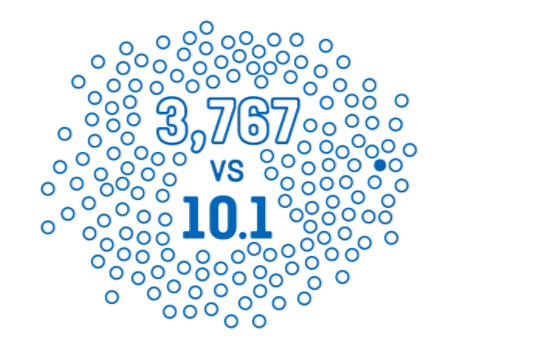
1882 Maria Beasley

1885 Judy W. Reed
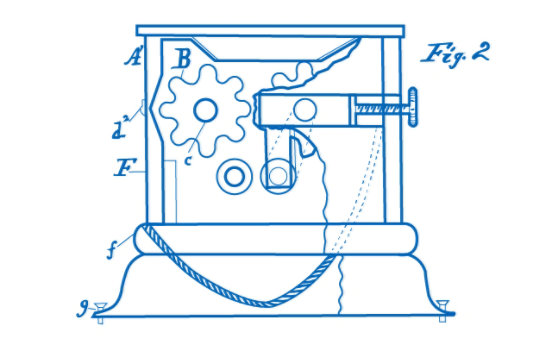
1903 Mary Anderson
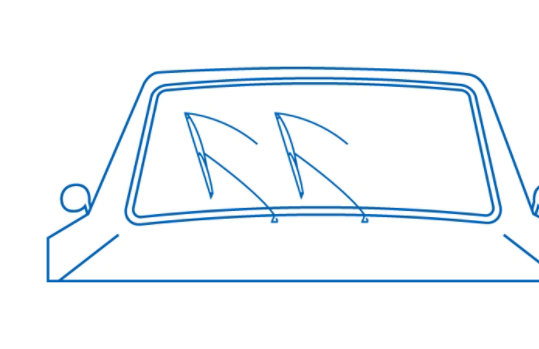
1967 Yvonne Brill

1988 Gertrude Elion

1997 Patricia Billings

2010 Patents granted
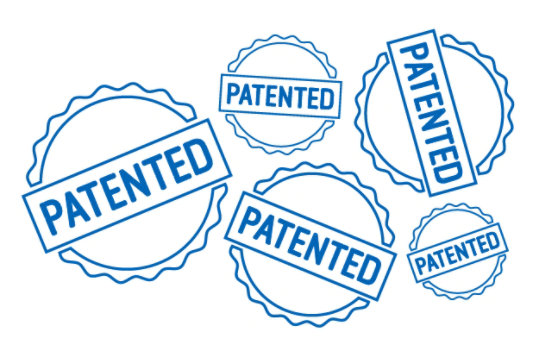
2013 Melonee Wise

2017 Inspiring generations


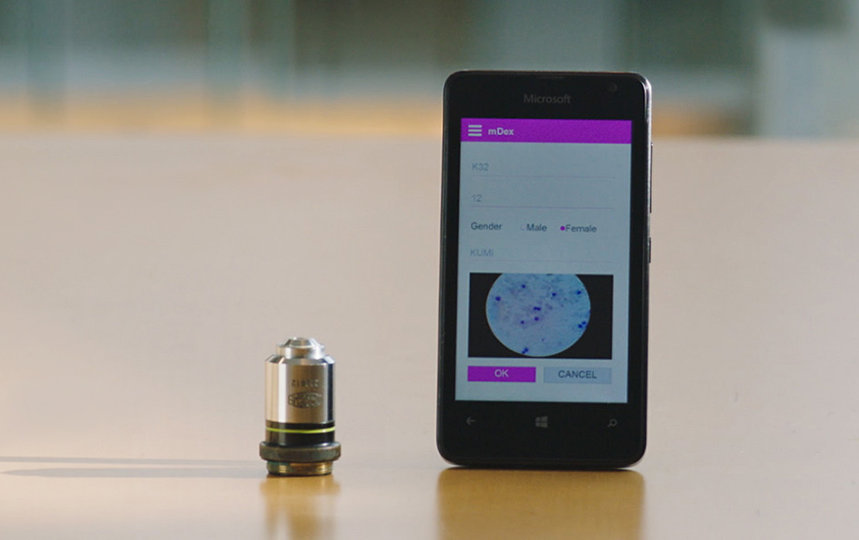
Follow Microsoft